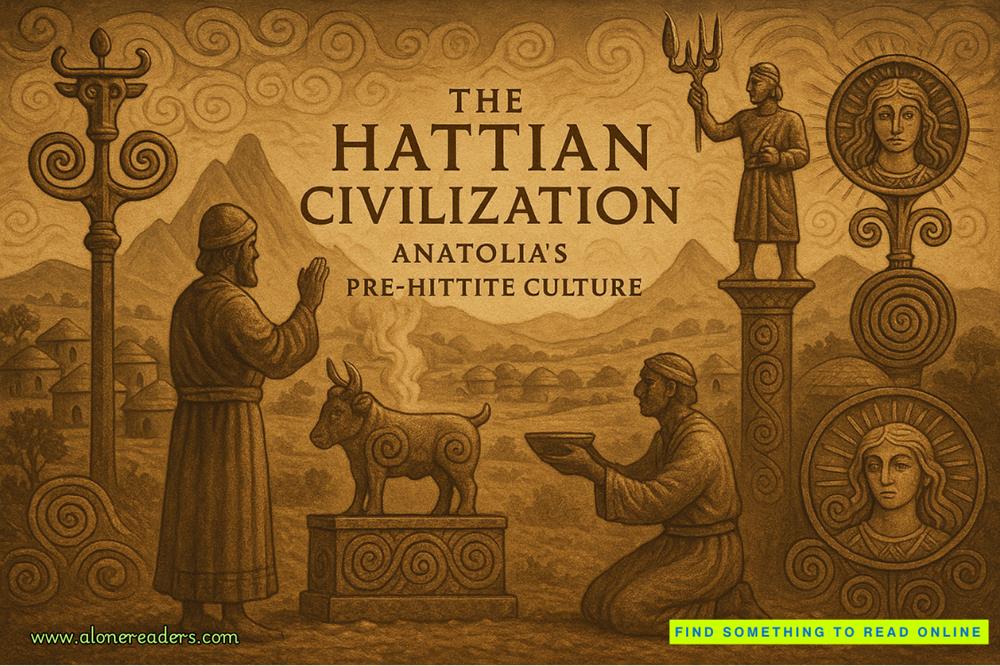Mrs. Janus spoke again. “You see the little airstrip just beyond the tip of the lake? And the two hangars? Richard’s maintenance shop is there. ‘Janus Junkyard,’ he called it. You can see a DC-3 carcass he cannibalized for parts, to keep ours flying.”
“Why didn’t he just do everything at Brown Field?”
“Too expensive,” she said. “He bought this whole place from a skydiving school, for about what it cost to park the Citation at Brown Field for a year. He would’ve kept the jet here, too, but the runway’s too short.”
“Damn rough, too,” added the pilot.
“Not as rough as those jungle clearings,” she pointed out.
“Well, no,” he agreed. He glanced down at a chart spread across his lap. “Okay, I’m turning south, descending to thirty-three hundred feet.”
I turned toward him, though his attention was focused on the gauges and the horizon, not on my puzzled face. “Descending? Why?”
“Because that’s what the Citation did that night.”
“But I thought the plane was flying straight and level when it hit.”
“It was,” he said. “For the last two miles. But before that—right after the last turn—it came down five hundred feet, pretty quick.”
“Came down? Why the hell would it do that?” I asked, but immediately, I answered my own question. “To make sure it hit the mountain.” Then, after a moment, another question occurred to me—one I was not able to answer for myself. “Could the plane’s autopilot have made it descend and level off?”
“No,” said the pilot and Mrs. Janus in unison.
“An autopilot’s more like cruise control,” added the pilot. “It can keep the wings level, and keep the plane on course, but it’s not designed to maneuver the plane.”
“Then that tells us something useful,” I said. “Tells us that if somebody bailed out, they didn’t jump until after that maneuver, right?”
“Guess so,” said Skidder.
“Assuming that’s true,” said Mrs. Janus, “what do you make of it? What’s the significance?”
“Don’t know,” I said. “All I know is that I’m looking for something . . .”
“Though you don’t know what it is,” the pilot reminded me.
“I don’t know what it is,” I echoed, “but if you’ll tell me when we level off . . .”
“Right . . . about . . . now.”
“. . . then I’ll know where to start looking.” He gave a nod, and I looked down. Below us, the flat terrain surrounding the lake and the airstrip began giving way to hills and valleys. Somewhere down there must be the spot where a parachute jumper had landed in the darkness. Even in daylight, the terrain looked forbidding. If I searched the terrain below, might I come across a parachute—attached to a man who had broken both legs upon landing, slowly dying on a rocky mountainside? I scanned the ground for signs of a ’chute, but unless it was the color of desert camo, there wasn’t one.
Two miles ahead of us, up the longest and straightest of the valleys, loomed Otay Mountain. As I stared out at it—its ridgeline stretching from one side of the canopy to the other, its peak aligned directly with the bubble’s vertical center support—I had the uneasy feeling that the helicopter was a rifle scope centered on a target . . . and that I was a human projectile streaking straight for the bull’s-eye. I thought about the Citation streaking toward it—far faster than this—and I thought about the other jet that had crashed into Otay Mountain earlier, back in 1991. Maybe that crash—clearly an accident—had inspired Janus, or whoever was at the controls that night, to aim the Citation at the same dark peak.
Soon the peak was rearing directly before us, and as Skidder continued hurtling toward it, I felt my fingers digging into my thighs. I’d thought that the deputy had pushed his luck—as well as the envelope of flight and the boundaries of sanity—when he’d hovered the sheriff’s helicopter a stone’s throw from the burning aircraft wreckage. Today, in the helpful light of hindsight, that maneuver seemed comparatively tame: Skidder was now aiming our flying egg toward a small rock shelf jutting from the mountainside, just below the crash site. As the spinning rotor edged closer and closer to the trees and boulders, I found myself clenching the sides of my seat. Afraid of looking, but terrified of closing my eyes, I focused my gaze out the left side of the canopy, where the hazards lay slightly farther away. “Looks like a mighty tight fit here,” I said, trying to sound braver than I felt.
“Skidder could do a backflip and set us down on that spot,” said Mrs. Janus. “Those helicopter chase scenes you see in Hollywood movies? Skidder does the flying for some of those.”
I spoke before I thought. “You mean the ones where the chopper collides with a train—or a tumbling car or a motorcycle—and then explodes?”
“Don’t forget the one where the chopper gets taken down by a bow and arrow,” Skidder said. “Rambo Three. Or by a squadron of fierce flamingos—Sheena, Queen of the Jungle.” I felt the skids settle onto the rock, and he shut down the engine.
“Nice,” I said, my admiration exceeded only by my relief.
THE LAST TIME I’D SEEN THE CRASH SITE—THE DAY we’d hoisted the Citation’s flattened nose off the rock face, revealing the crushed corpses of the Mexican and the mountain lion—the place had been bustling, still swarming with people and vehicles from the FBI, the sheriff’s office, the fire department, the U.S. Forest Service, and the National Transportation Safety Board. Now, as I stepped out onto silent scorched earth, the place seemed out of kilter and surreal, as if its transformation back to wilderness were not just implausible, but somehow unnatural.
Carmelita Janus called to me from the helicopter’s cabin. “How can we help, Dr. Brockton??
??
“Let me take a look around first,” I said. “I need to get my bearings again. Get my head back in the game.”
“We’ll sit tight,” said Skidder. “Just holler when you need us.”
As I surveyed the vertical bluff, some thirty yards upslope from where we had landed, I conjured up a mental image of the debris field as it had been the first day after the crash, with pieces of engine cowling and wingtips strewn across the narrowing valley, the shredded rubble of the fuselage still smoldering. As I picked my way up the rocky slope, I replayed the excavation, fast-forwarding through three days of digging in just three minutes.
Nearing the base of the bluff, I began to glimpse remnants of wreckage amid the rocks: shards that would have required weeks of tedious tweezering to pluck from their nooks and crannies and crevices. I found the presence of these fragments strangely comforting—confirmation, perhaps, that I was indeed in the right place; reassurance that I hadn’t just imagined the entire episode.
For some reason—perhaps a continuation of my earlier sensation of being a human projectile aimed at the mountainside—I felt drawn to the impact’s epicenter, the broad, shallow crater created by the jet’s missilelike strike. During the excavation, we’d spent three days crouching and stooping beneath that crater, picking our way steadily down, down, down, until we’d cleared the rubble and reached bare rock at the base of the bluff. Now, as I approached, I found myself looking up, not down: up at the wide, shallow crater; up at the still-fresh fractures radiating outward, like some gigantic spider’s web etched into the stone above my head. And in one of those fractures, I caught a glimpse of something—of several small somethings, in fact—that called out for a closer look, and a climb.















